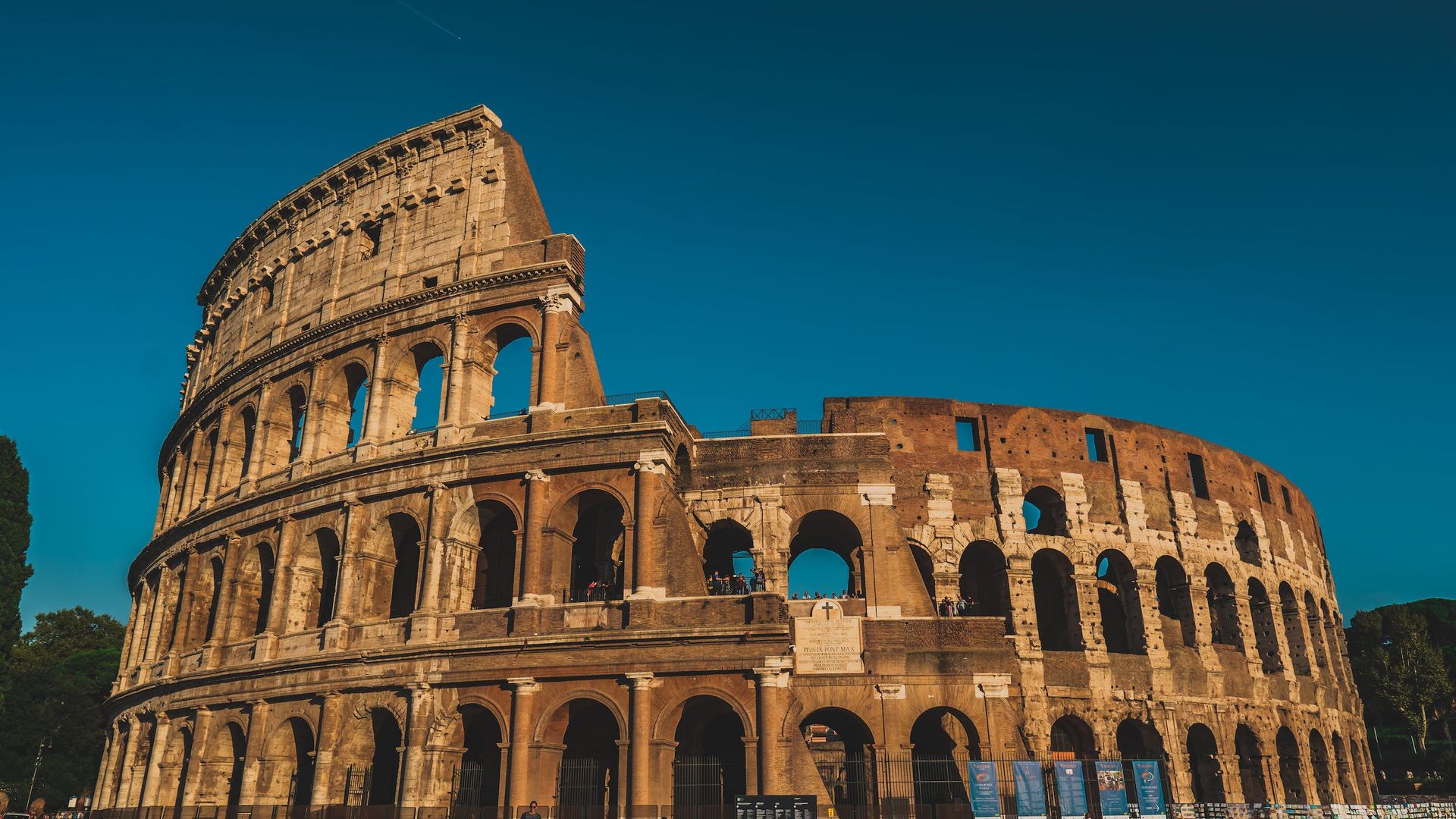Understanding Italy’s Currency
The currency in Italy is the Euro (EUR). The Euro is the official currency of the European Union, and Italy is one of the 19 countries that use it as their national currency. The Euro was introduced in 1999, and it replaced the Italian lira (ITL) as the official currency in 2002.
One Euro is divided into 100 cents. The coins in circulation in Italy include 1, 2, 5, 10, 20, and 50 cent denominations, as well as a 1 Euro and 2 Euro coin. The banknotes in circulation include 5, 10, 20, 50, 100, 200, and 500 Euro denominations. It’s worth noting that the 500 Euro banknote is no longer being produced and will eventually be phased out of circulation. Exchanging
Currency in Italy
If you’re planning a trip to Italy, it’s a good idea to exchange some currency before you go. You can exchange your currency at a bank or a currency exchange bureau. You can also withdraw cash from an ATM in Italy using your debit or credit card.
When exchanging currency, it’s important to keep in mind that you may be charged a commission or a fee for the transaction. It’s a good idea to shop around for the best exchange rates and to avoid exchanging currency at airports or tourist areas, as they tend to offer less favorable rates.
Using Credit Cards in Italy
Credit cards are widely accepted in Italy, especially in major cities and tourist areas. Visa and Mastercard are the most commonly accepted credit cards, but American Express and Diners Club cards are also accepted in some places.
When using a credit card in Italy, it’s important to keep an eye out for any fees or charges that may apply. Some merchants may charge a fee for using a credit card, and your credit card company may also charge a foreign transaction fee. It’s a good idea to check with your credit card company before your trip to see what fees may apply.
Conclusion
In conclusion, the currency in Italy is the Euro. When traveling to Italy, it’s important to exchange some currency before you go or withdraw cash from an ATM. Credit cards are widely accepted in Italy, but it’s important to be aware of any fees or charges that may apply. By understanding Italy’s currency, you can ensure that you have a hassle-free and enjoyable trip to this beautiful country.

